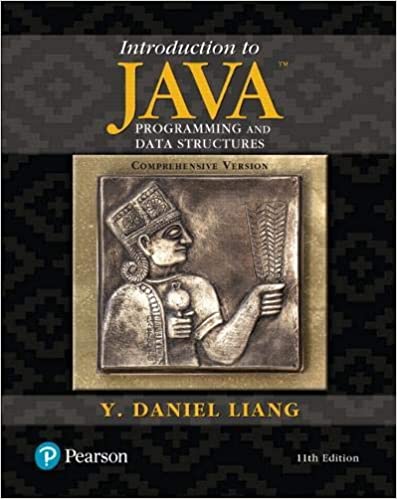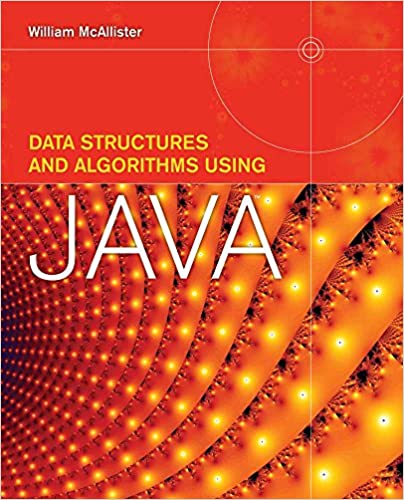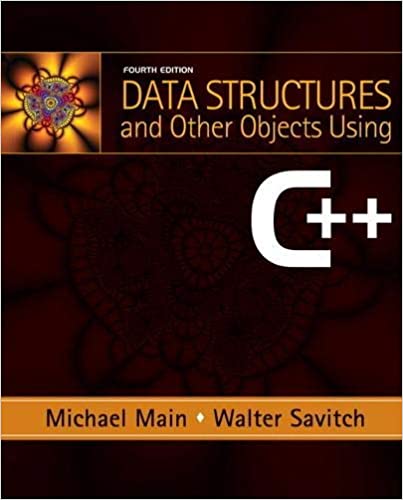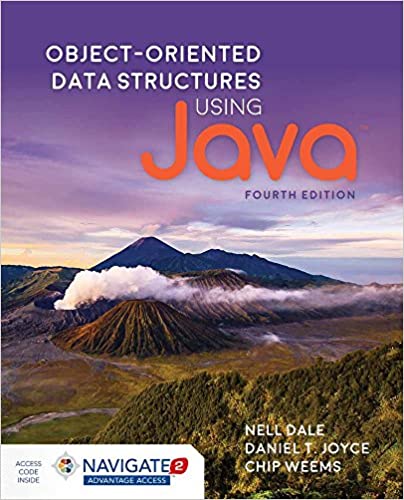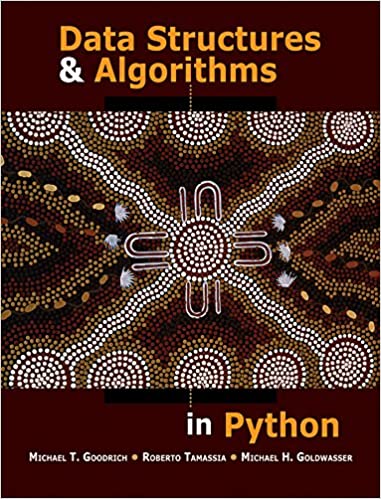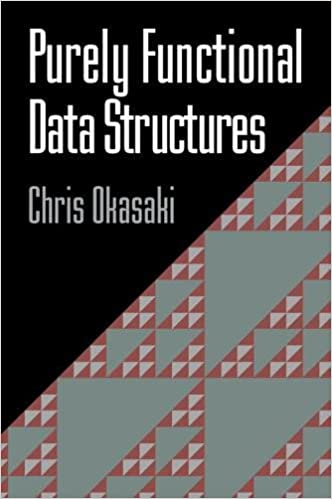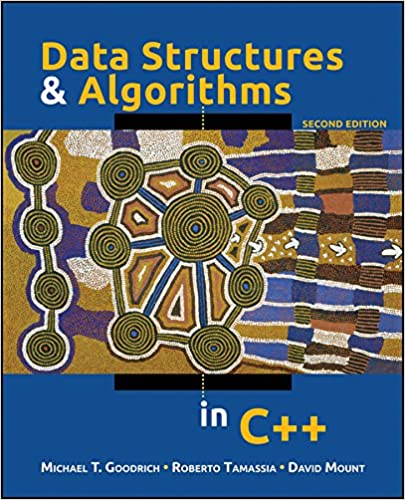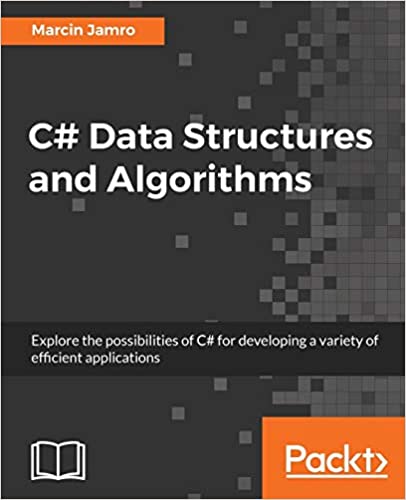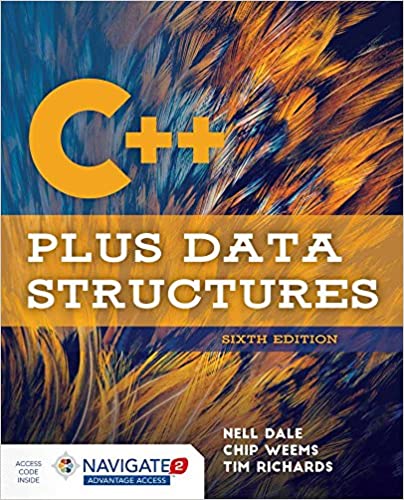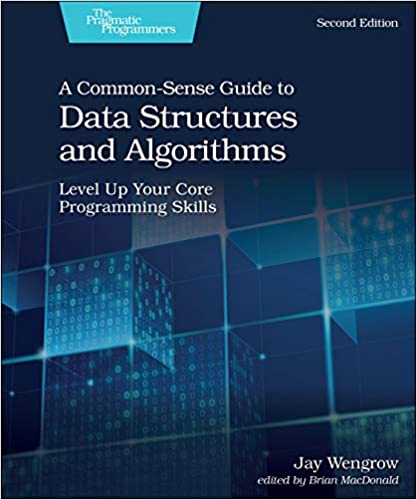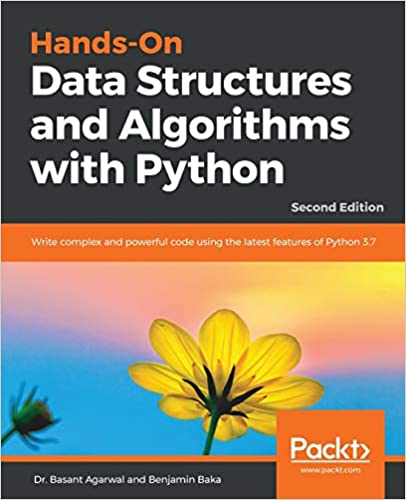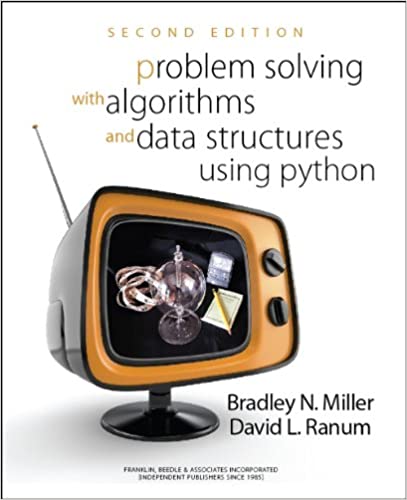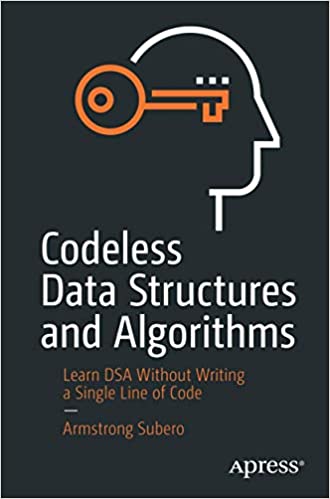Table of Contents
The best books for data structures are kind of all over the map.
Some use C++.
Others use Java.
And some don’t use any code at all.
But one thing is for certain: data structures are one of the most fundamental building blocks in computer science.
So we put together a list of the 18 best books for data structures.
Wait…What is a data structure?
Simply stated, a data structure is a particular way of organizing data in a computer so it can be used effectively.
There are generally four forms of data structures that include:
- Linear (like arrays and lists)
- Tree: (like heaps)
- Hash (like a distributed hash table)
- Graphs: (like a decision graph)
And whether you’re an aspiring software engineer or are already in the software industry, understanding data structures is an absolute must.
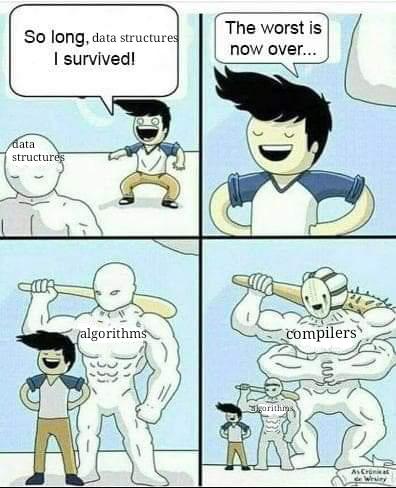
Note: Many of these resources are textbooks, which are ideal for students who thrive in an educational setting.
This post contains affiliate links. I may receive compensation if you buy something. Read my disclosure for more details.
TLDR: Best books for data structures
🔥 Best Overall 🔥
Data Structures and Other Objects Using C++
💥 Best for Newbies 💥
Codeless Data Structures and Algorithms
💸 Best Value 💸
Problem Solving with Algorithms and Data Structures Using Python
1. Introduction to Java Programming and Data Structures
We’re starting off our list of best books for data structures with a bang: Introduction to Java Programming and Data Structures by Y. Daniel Liang.
This textbook is recommended for students taking a CS1 course. So, it’s ideal for beginners.
Leaning heavily on the fundamentals, you’ll build a strong foundation in Java. Then you’ll learn about data structures.
First, you’ll learn problem-solving techniques. Then you’ll advance to new concepts like object-oriented programming, GUI programming and data structures.
This updated version includes expanded content, examples and exercises.
Also, there’s the option to upgrade to an online portion.
Think you’re ready to interview? Check out the course The Algorithms and Data Structures Interview Crash Course on Educative.io.
2. Data Structures and Algorithms Using Java
Data Structures and Algorithms using Java by William McAllister was written to be accessible and easier to understand than other data structures books.
It uses the syllabus and standard curriculum guidelines recommended by the Association of Computing Machinery.
First you’ll start with a Java review.
Then with 9 chapters, you’ll learn about:
- array-based structures
- restricted structures
- linked lists and iterators
- hashed data structures
- recursion
- trees
- sorting
- graphs
And beyond.
There are ample code examples and almost 300 figures to illustrate concepts.
In addition, you’ll find pseudocode is used for the many algorithms throughout the book.
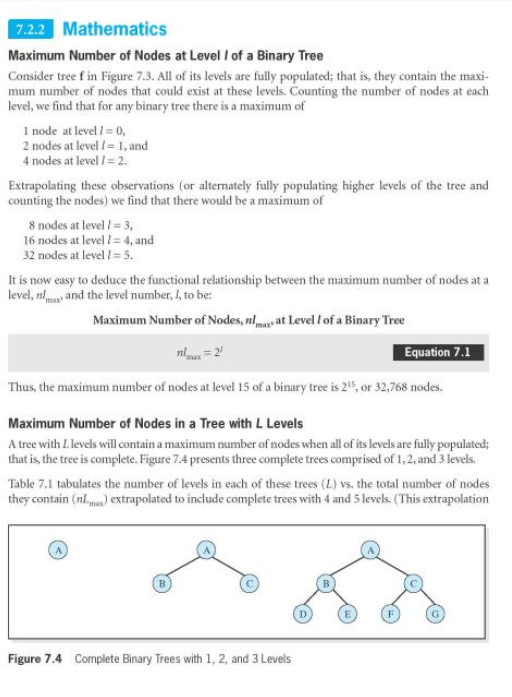
3. Data Structures and Other Objects Using C++
Data Structures and Other Objects by Michael Main and Walker Savitch is another textbook. But it takes a more gentle approach to data structures in C++.
So even if you’re not familiar with C++ but understand another programming language, you should be able to easily adjust to the curriculum.
Some of the concepts covered include:
- object-oriented programming
- recursion
- sorting
And much more.
You’ll also build a solid foundation in utilizing abstract data types.
Then you’ll move on to more advanced topics like B-trees which are used for building graphs and projects.
4. Object-Oriented Data Structures Using Java
Object-Oriented Data Structures using Java by Nell Dale, Daniel Joyce, et al. has been revised and updated.
While examining traditional and modern data structure topics, problem-solving is the key objective.
In addition, there’s a heavy emphasis on object-oriented software design.
You’ll learn about concepts like:
- the abstract data type (ADT)
- recursion
- sorting and searching algorithms
Also, you’ll gain a deeper understanding of the functions of certain Java features like:
- classes
- objects
- polymorphism
- inheritance
- threads
And beyond.
Before tackling this book, you should be familiar with Java constructs such as basic user-defined classes, control structures and built-in data types.
5. Data Structures & Algorithm Analysis in C++
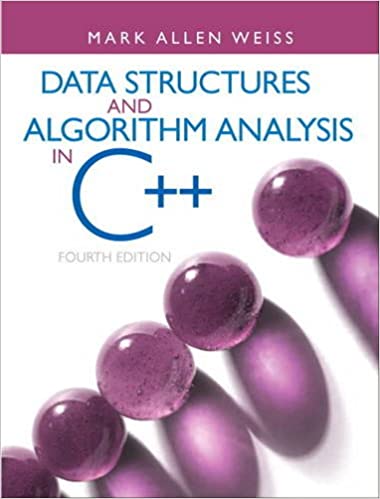
Data Structures & Algorithm Analysis in C++ by Mark Allen Weiss is a 600+ page advanced algorithms textbook.
Using effective programming and algorithm analysis, you’ll learn how to create well-constructed, efficient programs using C++.
You’ll learn about:
- lists, stacks and queues
- trees
- hashing
- sorting
- graph algorithms
But then you’ll move onto even more challenging topics such as amortized analysis and advanced data structures.
Data Structures and Algorithm Analysis in C++ is packed with figures and examples for each type of algorithm.
6. Data Structures & Algorithms in Python
Data Structures & Algorithms in Python by Michael Goodrich, Roberto Tamassia, et al. is a textbook containing almost 750 pages. It’s written for data structure newbies.
With a focus on reusable software, there’s a consistent object-oriented tone throughout the book.
Some concepts covered include:
- object-oriented programming
- algorithm analysis
- recursion
- array-based sequences
- maps, hash tables and skip lists
- memory management and B-trees
- character strings in Python
And much more.
By the end of Data Structures & Algorithms in Python, readers are expected to be able to analyze algorithmic performance.
In addition, you should be able to use existing data structures and algorithms in Python libraries.
There’s a collection of online resources to complement the book’s material.
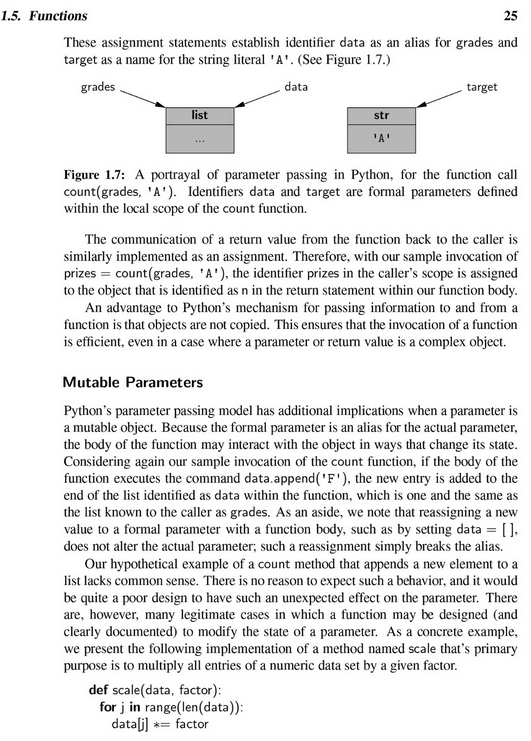
If you like the learning style of Data Structures & Algorithms in Python but don’t care for Python, you’re in luck.
Author Michael T. Goodrich has also written Data Structures and Algorithms in C++ (which we review below) and Data Structures and Algorithms in Java.
7. Advanced Algorithms and Data Structures
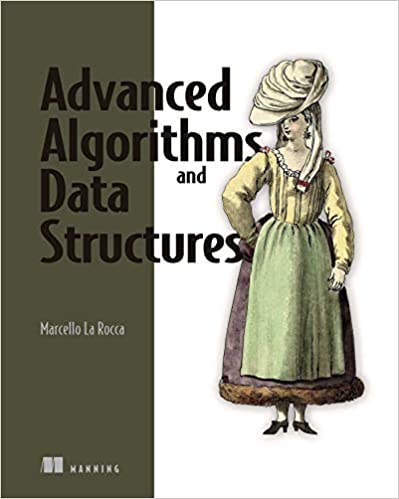
Advanced Algorithms and Data Structures by Marcello La Rocca is written for readers already familiar with data structures and algorithms.
The function of this book is to expand on basic algorithms and provide alternate solutions to different programming problems.
You’ll learn how to:
- improve priority queues
- efficiently cache
- cluster data
And more.
Advanced Algorithms and Data Structures is packed with graphics and code samples in various languages.
In addition, you’ll find plenty of examples in pseudocode.
By the end of the book, you’ll be able to use advanced algorithms to enable better performance of your code.
8. Purely Functional Data Structures
Purely Functional Data Structures by Christ Okasaki is a little different than some of our other best books for data structures. You won’t learn data structures using a common language like C or C++.
Instead, you’ll learn data structures using functional languages like Standard ML and Haskell.
Using ample examples and design techniques, you’ll learn how to develop your own functional data structures.
Some concepts covered include:
- persistence
- fundamentals of amortization
- lazy rebuilding
- implicit recursive slowdown
And beyond.
Classical data structures are included. However, there are new data structures that have been developed exclusively for functional languages.
All source code is presented in Haskell and Standard ML.
9. Data Structures & Algorithms in C++
Data Structures & Algorithms in C++ by Michael Goodrich, Roberto Tomassia, et al. examines design, analysis and implementation of data structures.
With 14 chapters, you’ll learn about:
- arrays, linked lists and recursion
- stacks, queues, and deques
- hash tables, maps, and skip lists
- sorting, sets, and selection
- graph algorithms
- memory management and B-trees
And beyond.
You’ll learn data structures and algorithms while using an object-oriented approach throughout the book.
10. C# Data Structures and Algorithms
In C# Data Structures and Algorithms by Marcin Jamro you’ll learn how to implement algorithms commonly used with data structures.
First you’ll learn about arrays, lists and dictionaries. You’ll also learn how to create stacks and queues.
The second half of the book introduces more difficult data structures like trees and graphs.
Finally, you’ll learn how to organize your code.
11. C++ Plus Data Structures
C++ Plus Data Structures by Nell Dale, Chip Weems, et al. is recommended for students that learn best in a formal educational environment.
You’ll learn about applications and implementations of data types and structures.
In addition, you’ll learn about:
- modularization
- data encapsulation
- object-oriented decomposition
- algorithm analysis
- data abstraction
And many more complex topics. All in C++.
One feature is that the book opens each chapter with a set of goals to accomplish. There are also are ample case studies throughout the book.
At the end of each chapter are a series of exercises.
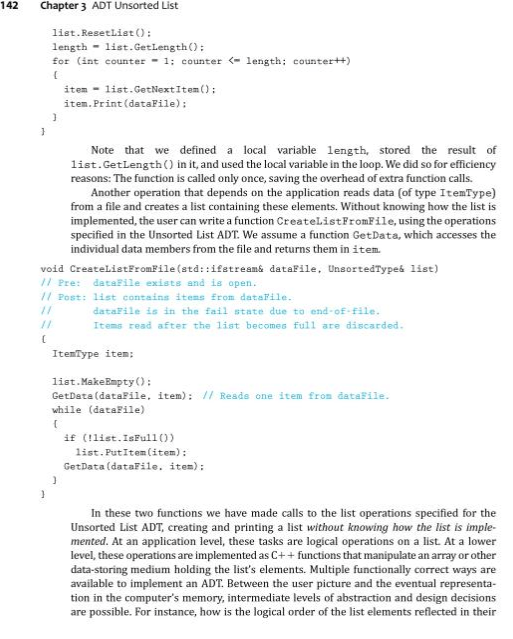
12. Data Structures and Algorithms in Java
In Data Structures and Algorithms in Java by Robert Lafore you’ll learn about:
- arrays
- simple sorting
- linked lists
- recursion
- trees
- hash tables
- heaps
And beyond.
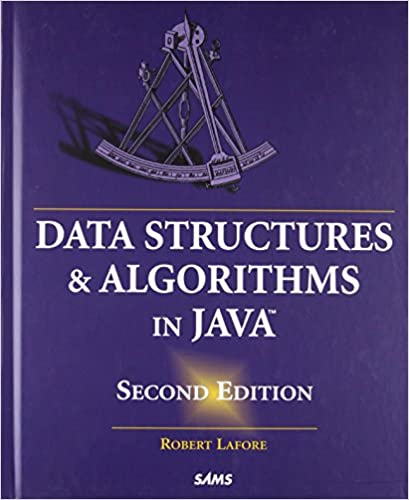
Throughout the book are examples of simple programs.
In addition, there’s a workshop which includes a demo program which can be executed on a web browser.
At the end of each chapter, there are questions and exercises to reinforce concepts.
All programs in the book are written in Java.
This is the book that will teach one the fundamentals of data structures in such a way that even people with little programming experience can follow through and understand…
Alfred Okoronkwo, Amazon customer
13. A Common-Sense Guide to Data Structures and Algorithms
A Common-Sense Guide to Data Structures and Algorithms by Jay Wengrow teaches you to write faster, more efficient code.
First you’ll learn how and why data structures and algorithms matter.
Then you’ll learn about:
- optimizing code
- hash tables
- recursion
- stacks and queues
- dynamic programming
- trees
- graphs
You’ll also use big-O notation to measure code efficiency.
You’ll work on plenty of problems throughout A Common-Sense Guide to Data Structures and Algorithms. There are solutions to all challenges.
Using real-world scenarios, you’ll find examples written in JavaScript, Python and Ruby.
This updated edition also includes sections on recursion and dynamic programming.
You’ll use all techniques in the book to create fast, scalable code.
14. Hands-On Data Structures and Algorithms with Python
Data structures behave like reusable code. So if you want to build easy, maintainable applications, you need to familiarize yourself with common data structures and algorithms.
With Data Structures and Algorithms with Python by Dr. Basant Agarwal and Benjamin Baka, you’ll learn to analyze and design data structures.
In addition, you’ll explore big-O notation and dynamic programming.
Then you’ll learn about:
- Python data types and structures
- principles of algorithm design
- stacks and queues
- hashing and symbol tables
- selection and sorting algorithms
- design techniques and strategies
And much, much more.
By the end of Data Structures and Algorithms with Python, you’ll be able to consistently organize your code.
And you’ll do all this within the scope of Python programming. So you should have a basic understanding of Python before reading this book.
15. Problem Solving with Algorithms and Data Structures Using Python
Problem Solving with Algorithms and Data Structures using Python by Bradley Miller and David Ranum works with algorithms and data structures which are essential to understanding computer science.
Some key concepts covered include:
- abstract data types and data structures
- writing algorithms
- solving problems
And more.
There are plenty of data structure examples where you’ll solve commonly occurring problems.
Through repetition, you’ll become more comfortable working with data structures and algorithms in relation to computer science in Python.
Problem Solving with Algorithms and Data Structures using Python is directed towards beginners interested in a career in computer science.
It’s meant to be used after taking an initial computer science course.

This is the best book to learn data structures in Python 3 hands down!
Corbett K., Amazon customer
16. JavaScript Data Structures and Algorithms
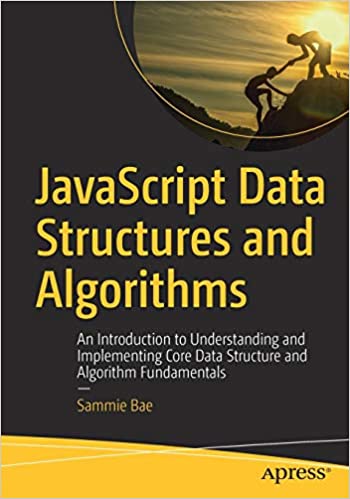
Understanding data structures and algorithms is key for most JavaScript developers.
In JavaScript Data Structures and Algorithms by Sammie Bae, you’ll learn how to implement data structures as they relate to JavaScript.
Also, you’ll learn how data structures and algorithms apply to encryption, searching and sorting.
With 15 chapters, you’ll learn about:
- big-O notation
- arrays
- objects
- recursion
- searching and sorting
- caching
And more.
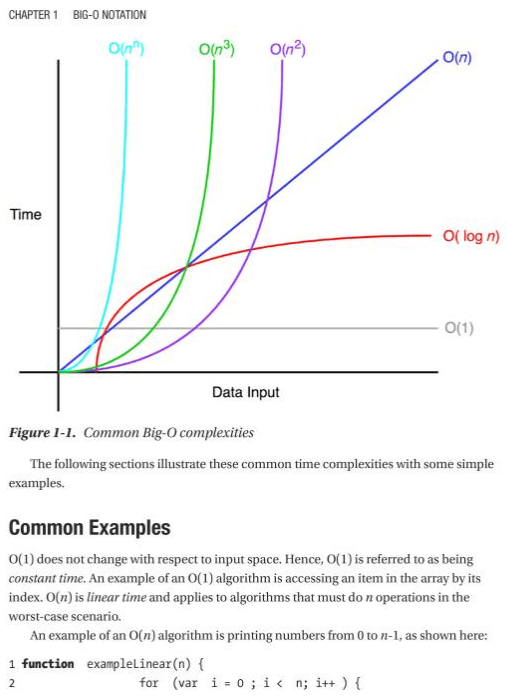
17. Data Structures and Algorithms Made Easy
Data Structures and Algorithms Made Easy by Narasimha Karumanchi is one of the best books for practicing data structures.
It contains a collection of data structures and algorithmic puzzles.
While it was released in 2016, don’t be fooled. The problems are still relevant and are a great way to brush up on your skills.
This book can also be used as an interview prep guide or reference manual.
It covers:
- linked lists
- stacks
- priority queues and heaps
- searching
- hashing
- algorithm design techniques
- dynamic programming
And much, much more.
Each problem contains multiple solutions. And the book is coded in C and C++.
18. Codeless Data Structures and Algorithms
You can learn data structures and algorithms without writing a single line of code.
Codeless Data Structures and Algorithms by Armstrong Subero teaches using diagrams and straightforward explanations of concepts.
With 12 chapters, you’ll learn about:
- linear data structures
- tree data structures
- hash data structures
- graphs
- sorting algorithms
- searching algorithms
- clustering algorithms
And more.
This book is ideal for new or self-taught developers seeking an understanding of data structures and algorithms.
It’s also useful for non-technical supervisors who are curious about the processes involved in data structures and algorithms.
Recap for the software engineers who like to read or scroll to the bottom just because (I feel you)
Today we picked the best books for data structures:
Best Overall
Data Structures and Other Objects Using C++
Best for Newbies
Codeless Data Structures and Algorithms
Best Value
Problem Solving with Algorithms and Data Structures Using Python
So depending on what you’re looking for, we think there’s something for everybody interested in learning data structures.
Up next:
- 11 Best Algorithms Books [Learn Computer Algorithms]
- 12 FAANG Interview Prep Resources You Can’t Afford To Miss Out On
- Coderust: Hacking the Coding Interview review [FAANG interview prep]
- 28 FANG Interview Prep Resources You Absolutely Need
What are the best books for data structures?
We picked 3 of the best books for data structures based on the following criteria… For best overall, we chose Data Structures and Other Objects Using C++. For newbies, we recommend Codeless Data Structures and Algorithms. And for the best value, we think Problem Solving with Algorithms and Data Structures Using Python is the best fit.
Is there a data structures textbook?
Yes, there are many textbooks where you can learn data structures. They include learning data structures in Java, C++, Python and beyond. So whether you’re in school or wish to teach yourself, textbooks can be useful for students who learn best in an academic setting.
Is Data Structures and Algorithms Made Easy worth it?
Data Structures and Algorithms Made Easy is one of the best books for practicing data structures.
It contains a cache of data structures and algorithmic puzzles. While it was released in 2016, don’t be fooled. The problems are still relevant and are a great way to brush up on your skills.
This book can also be used as an interview prep guide or reference manual.
![18 all time best books for data structures [learn data structures and algorithms asap]](https://realtoughcandy.com/wp-content/uploads/2021/02/cover-best-books-for-data-structures-1024x576.jpg)
